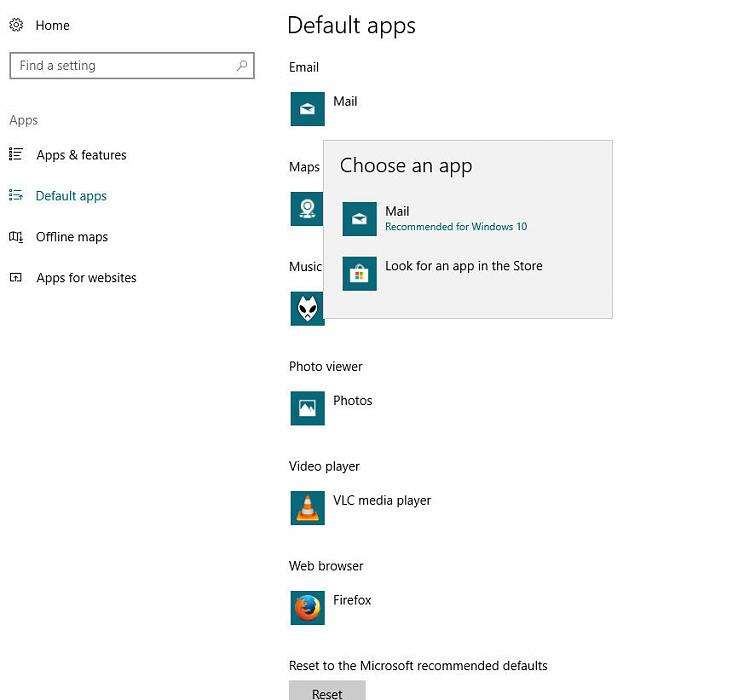Aug 14, 2015 - HKEY_LOCAL_MACHINE Software Clients Mail Microsoft Outlook. Installed, create an association in the Default Programs control panel.' May 30, 2018 - The way that default file associations work changed in Windows 10. HKEY_LOCAL_MACHINE SOFTWARE Clients Mail CanonicalName.
Most likely you have some users who need to use the expensive full version of Adobe Acrobat while other users simply need to be able to view PDF documents with the free Acrobat reader. Ideally you’d like to mix these users on the same Terminal Server.


The challenge is not about securing access to the Acrobat application. Kontroljnaya rabota po matematike 6 klass vilenkin otveti nomer 100. Rather, the challenge is that when users double-click a PDF file, you want a few of them to open it with the full version of Acrobat and you want the rest of them to open it with the free Acrobat reader.
(Another popular example of this is with the full version of Microsoft Word and the free Word viewer.) This can be done by installing both applications on the same server and applying some scripting to adjust file type extensions. In a nutshell, you’ll need to install both applications on the server and then configure the file extension associations on a per-user basis so that some users clicking a file open one application and some users open another.
File type information and associations are stored in the HKEY_CLASSES_ROOT (HKCR) hive of the registry. HKCR is built-up from two locations: HKEY_LOCAL_MACHINE SOFTWARE Classes and HKEY_CURRENT_USER SOFTWARE Classes. If a subkey or entry appears in either location, it automatically appears in HKCR. If there are any conflicts in the source keys, the HKCU takes precedence. (This is a good thing and what fundamentally allows us to do per-user file associations.) A single file type can actually have multiple applications associated with it.
This is why right-clicking and choosing “Open With” on a.DOC file will list Microsoft Word and WordPad as options. There’s no real limit to the number of different applications that can be associated with a single file type, although each file type has a “primary” association. This primary association represents the program that’s used to open the file when the file itself is double-clicked, and it’s the option we care most about here. Windows comes with a couple of slick command-line utilities (“ftype” and “assoc”) used to manage file extension associations. In theory these tools would be perfect for what we want to do. Unfortunately, these two tools are hardwired to change file association information stored in HKLM, not HKCU.
Therefore, using these tools in a Terminal Server environment would change the file associations for all users on the server instead of the specific user where the tool was used. Because of this we’ll need to look to other ways of adjusting file associations. Fortunately, we can customize file associations on a per-user basis simply by adding a new registry key / value pair. However, knowing exactly what to add for a specific application can be tricky, so we’re going to need to dig in again to learn more about how file type associations really work. In 32-bit Windows environments, file type association is a two-step process.
• First, you need to configure a file type. For example, this would simply define “Microsoft Word Document” as a file type that’s opened with “c: program files microsoft office program winword.exe.” • Second, you need to associate a particular file extension with a file type. In our example, that would be saying that files with the.DOC extension are of type “Microsoft Word Document.” Fortunately the application setup procedures take care of registering the file types with Windows. They also associate the relevant file extensions with their file types. Therefore, in order to change a file association for a user, all we need to do is point the file extension to a different file type. So why did we spend all this time talking about file types? In our simple example, we called the file type “Microsoft Word Document.” In the real world, the file type name is a bit more cryptic.